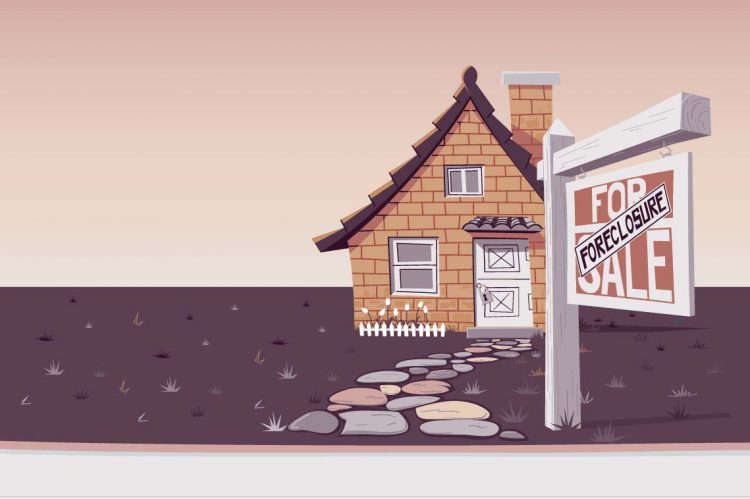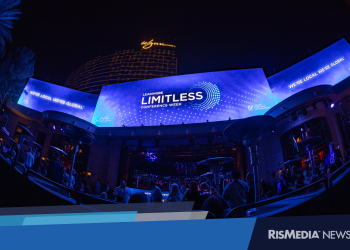As analysts and real estate insiders widely expect a housing market pullback in the coming months, there is a possibility this will correlate with a return of something many remember as the ugliest signs of the 2008 crash—namely, zombies.
Why a Shift From ‘I Have to’ to ‘I Get to’ Can Make All the Difference
Think about how the term “I get to” makes you feel. It denotes positivity, opportunity, even excitement. You get to do something, like it’s a treat, which completely transforms your motivation to do whatever it is. Read more.
Business Tip of the Day provided by
Categories
The Most Important Real Estate News & Events
Click below to receive the latest real estate news and events directly to your inbox.
By signing up, you agree to our TOS and Privacy Policy.













